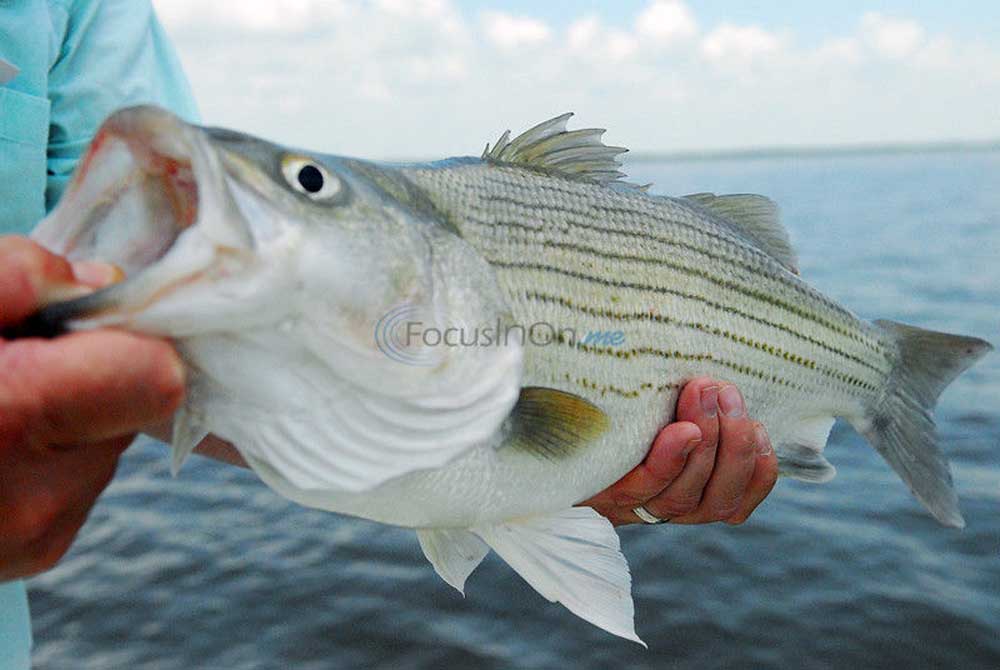Hybrid striped, white bass moving into summer pattern
Published 8:07 pm Saturday, June 27, 2015
COOPER — It could be called Fishing for Dummies 101.
There wasn’t a whole lot of skill involved, but after landing about 75 white bass and hybrid striped bass in a matter of hours, it didn’t really matter. It was just fun.
“This is a numbers game,” said Cooper Lake guide Tony Parker. “I am just trying to put numbers of fish in the boat.”
The fact that Parker is even able to fish the 19,000-acre lake north of Sulphur Springs is pretty remarkable. He was forced off last October when the water level dipped so low he was unable to use ramps at two adjacent state parks — Cooper Lake South Sulphur Unit and Doctors Creek — or one maintained by the U.S. Army Corps of Engineers. They were all built for shallow water, but not water 12 or 13 feet below spillway level.
Then the rains came, and they came in buckets. By February the ramps were usable. The lake had risen 10 feet in three months, but so much water so fast make Cooper too muddy to fish for a couple more months.
It is now more than 2 feet above the spillway, and Parker said the fishing is looking good.
“This lake is looking good. It is coming back. I think it is going to be just like it was a couple of years ago,” Parker said.
My oldest son, Tristan, and I made the hour and a half drive to Cooper for an afternoon of fishing on Thursday. The trip was originally scheduled to go off at 2 p.m., but Parker called and said to be there at noon. On Wednesday he got on the lake at 1 p.m. and the fish were already biting.
When we arrived we quickly tied 1-ounce chartreuse and white slabs on and made a run to mid-lake.
“We are going to be drifting over humps that are 10 to 15 feet deep,” Parker explained.
With a light breeze, the drifting speed was perfect for this type of fishing.
“Just let it go to the bottom, reel it up twice and let it drop then reel it again,” the guide said.
The first drift was slow for the first few minutes, then the screen on Parker’s Lowrance depth finder began to look like one connected to a Doppler radar in May. The dark blue that indicated a whole lot of nothing suddenly turned shades of orange and red from the bottom up to five or six feet. It was white bass and hybrids stacked in a massive ball.
Like clockwork as we passed over them the first one hit. Then another and then another. With each drift we picked up fish — not constantly, but enough to keep everyone in the game. Sometimes it would be a single white bass. Sometimes all three of us had fish on. At times one would have a white bass and another would have a hybrid, the best of which was about 6 pounds.
“It has been running about 50/50 white bass and hybrids,” Parker noted. This trip there was not that many of the power white bass/striped bass crosses caught, but a few of the ones that were caught were better than the average fish Parker has been seeing.
“We have been catching a lot of 3- and 4-pound fish. I really don’t know why. My guess was we lost some fish in the winter (2014) when it got so cold and we lost a lot of shad,” Parker said.
Another potential cause could have been short stockings of the fish in 2009 and 2011, and a complete lack of a stocking in 2010.
The white bass could be brought in with a just a couple of reels. The hybrids, even though they didn’t challenge the lake record of 11.97, still pulled the rod tip down toward the water before making a run.
For more than three hours we drifted humps around the lake, and each time we caught fish. Then the depth finder started to show a different picture. There were still the orange clouds indicating fish, but they weren’t stacked from the lake bottom up. They were suddenly all suspended.
“This is what I was seeing yesterday when they stopped biting,” Parker said.
Parker said this is the beginning of a summer pattern that should hold until the water starts to cool in the fall. Actually, he just expects it to get better and better in the coming weeks.
“The good thing about this style of fishing is anybody can do it. It is perfect for kids because they don’t have to be able to cast,” he added.
The biggest trick to the technique is the hook set. It doesn’t require a big backswing like largemouth bass. It is more like lifting the rod tip to apply pressure like crappie fishing.
The hardest part is getting a thumb back on the spool while letting the line free-spool back down. That is often when a fish is going to hit, and not be ready to stop the line drop with a thumb is going to result in a missed fish.
For more information on fishing Cooper with Parker call 903-348-1619.
Have a comment or opinion on this story? Contact outdoor writer Steve Knight by email at outdoor@tylerpaper.com. Follow Steve Knight on Facebook at TylerPaper Outdoors and on Twitter @tyleroutdoor.







